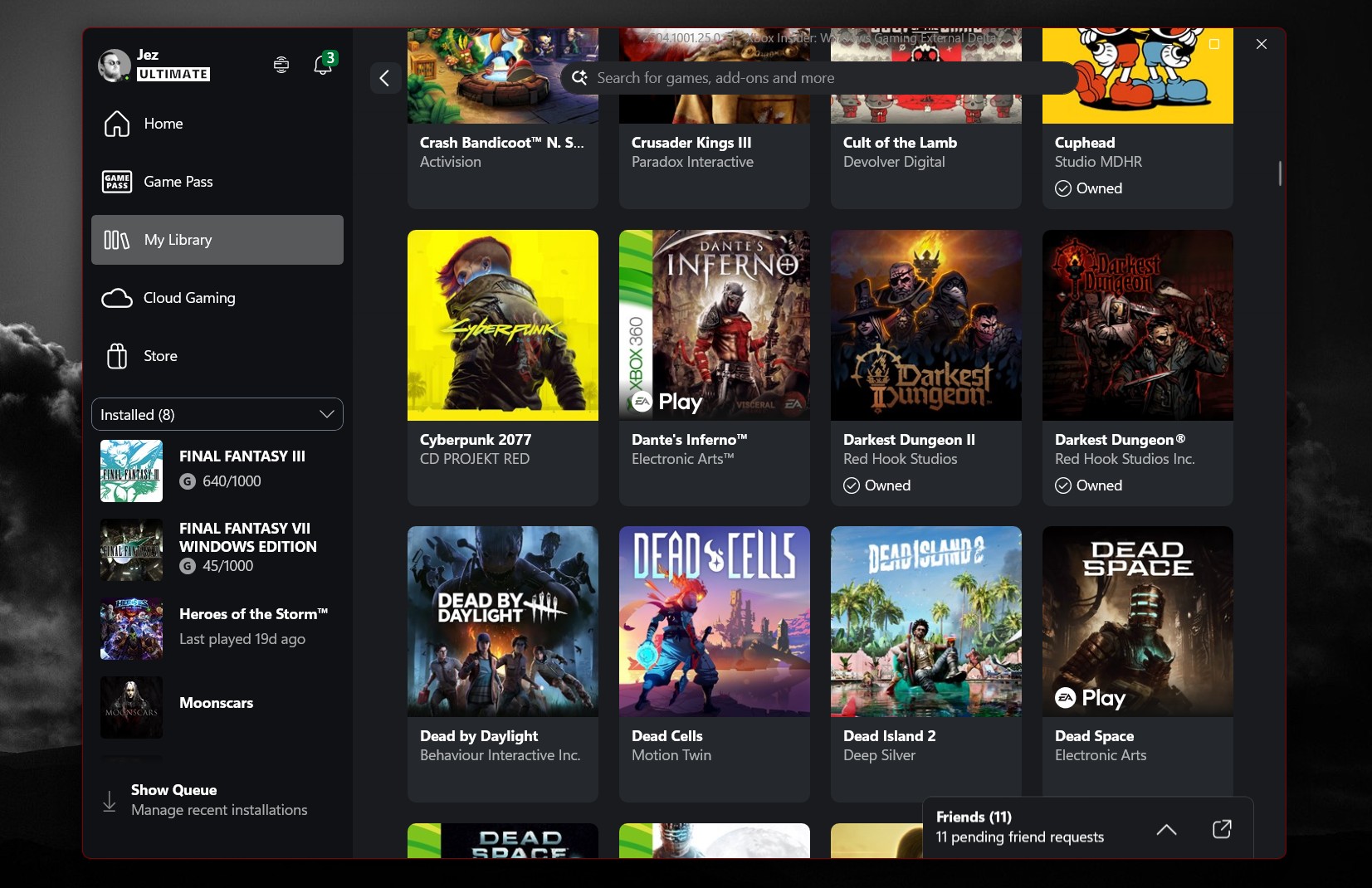Forget phones — Microsoft will bring a true PC to your pocket
Barring a recent Consumer Reports study condemning Surface, Microsoft's Surface and Windows 10-led PC strategy has been a success. There's reason to believe the company plans to expand that success to your pocket.
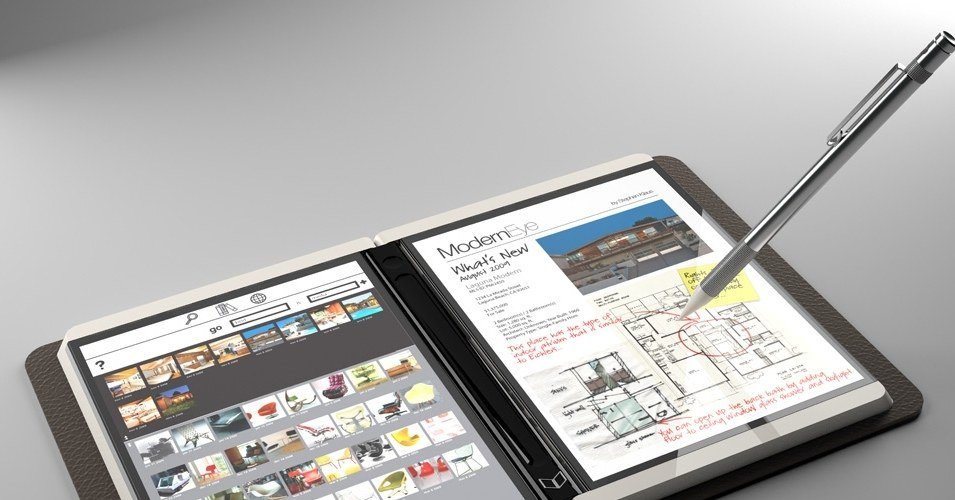
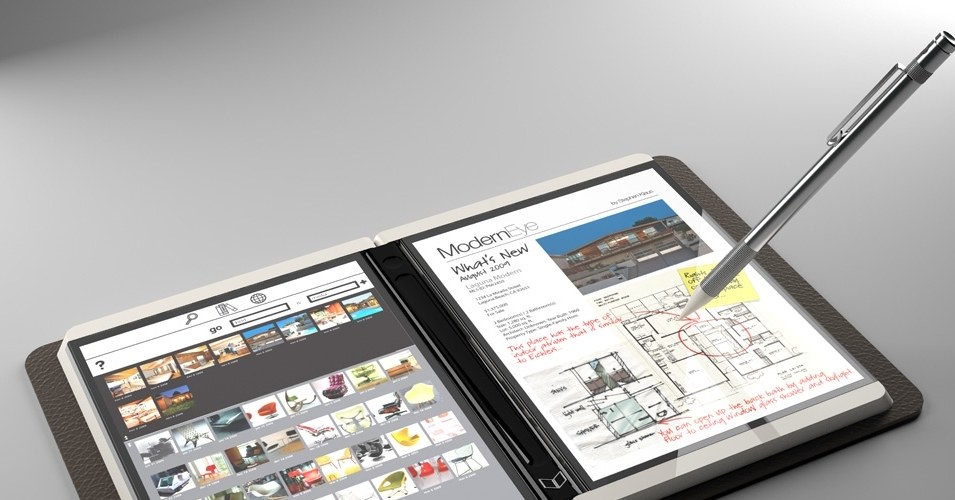
Impacted by the transition of personal computing to smartphones and tablets like the iPad, the PC market declined sharply in recent years. The always-connected nature of our cell phones and the comfort associated with lounging around the house with a tablet has left the desktop PC and cumbersome laptop form-factors as the infrequent go-tos for tedious or productivity-focused tasks. For everything else, small, connected mobile devices suffice.
Still, the fact that Microsoft was able to turn the Surface, a tablet that could also be a laptop, into a billion-dollar business and an industry-inspiring new PC category speaks to a demand for the power of Windows on a context-conforming mobile form factor. The 2-in-1 PC category grew (and is predicted to continue growing) while other PC segments continued to fall.
Furthermore, the smartphone as an always-connected pocketable device has become our primary personal computer.
Still, it's evident that the rectangular slab form factor and the limits of the two primary mobile OSes, iOS and Android, require users to use another device for certain productivity tasks. With a Windows PC install base exceeding a billion, 500 million of which run Windows 10, most smartphone users also use Windows PCs. I believe Microsoft's mobile strategy will lean on its PC strengths and the power of Windows 10 to bring a unique Windows PC to our pockets.
A PC for (almost) every purpose
Microsoft has applied its PC strength to creating a range of aspirational PC form factors that fit specific needs. Surface Pro is the tablet that can replace a laptop. Surface Book is a powerful laptop that is also a digital clipboard. Surface Hub is a business focused interactive display. Surface Laptop "redefines" that category and Surface Studio is an all-in-one PC and digital drafting table.
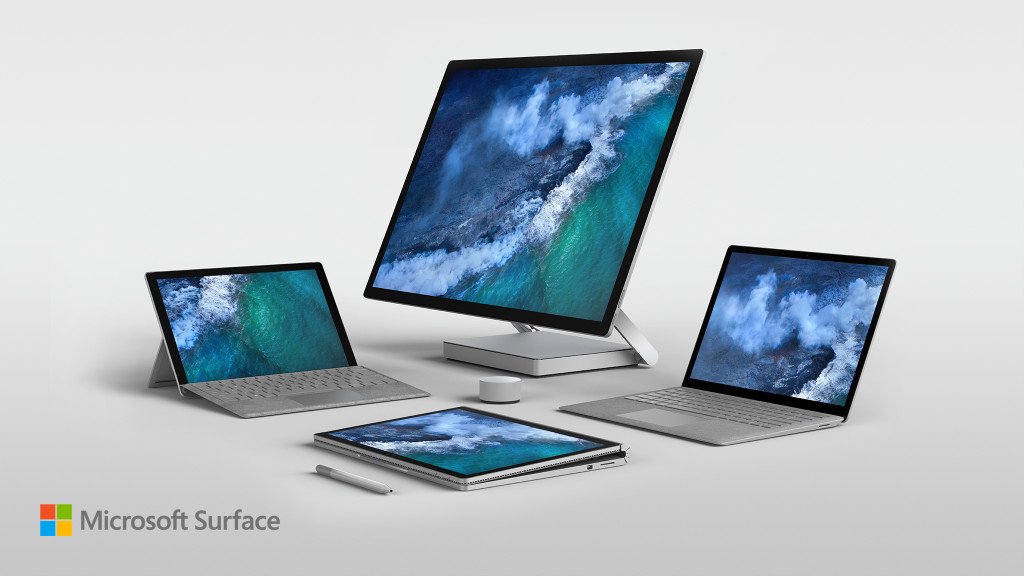
The absence of a phone from Microsoft's hardware lineup leaves a glaring gap in Microsoft's pocketable mobile personal computing strategy. The popularity of smartphones and that form-factors primary use for activities such as web surfing, messaging, gaming and other non-phone uses highlight its slant toward PC-like usage.
Every smartphone is a mobile device, but not every mobile device is a smartphone.
Microsoft's attempts to fill this pocketable personal computing space with a traditional rectangular-slab smartphone have consistently failed. Positioning a phone opposite iPhone and Android phones does not play to Microsoft's PC strengths, nor does history suggest such a strategy would ever succeed.
Get the Windows Central Newsletter
All the latest news, reviews, and guides for Windows and Xbox diehards.
For Microsoft to succeed in the mobile space it must forgo the smartphone space. Direct competition with the iPhone and Android phones is suicide.
What Microsoft's mobile device needs to be
Microsoft's mobile device must be capable of the non-phone specific personal computing uses that dominate pocketable personal computing. It must also capitalize on the strengths of Windows PCs since many users still default to them for certain productivity tasks.
Thus, via Continuum, this device must be capable of becoming a full desktop when connected to a monitor, mouse, and keyboard or HP Lap Dock-like peripheral.
PCs still have a place.
Like the always-connected full Windows-on-ARM cellular PCs coming this year, this device must also have a constant cellular connection and run Windows 10. Telephony must be one of the functions, though not a leading function, among the many the OS and various apps will provide.
This PC would fill the pocketable mobile gap in Microsoft's PC lineup. It would be capable of phone calls, but neither technically nor positionally would it be a smartphone.
This seven-inch PC is NOT a Surface phone
We recently reviewed the seven-inch GPD Pocket Windows 10 PC.
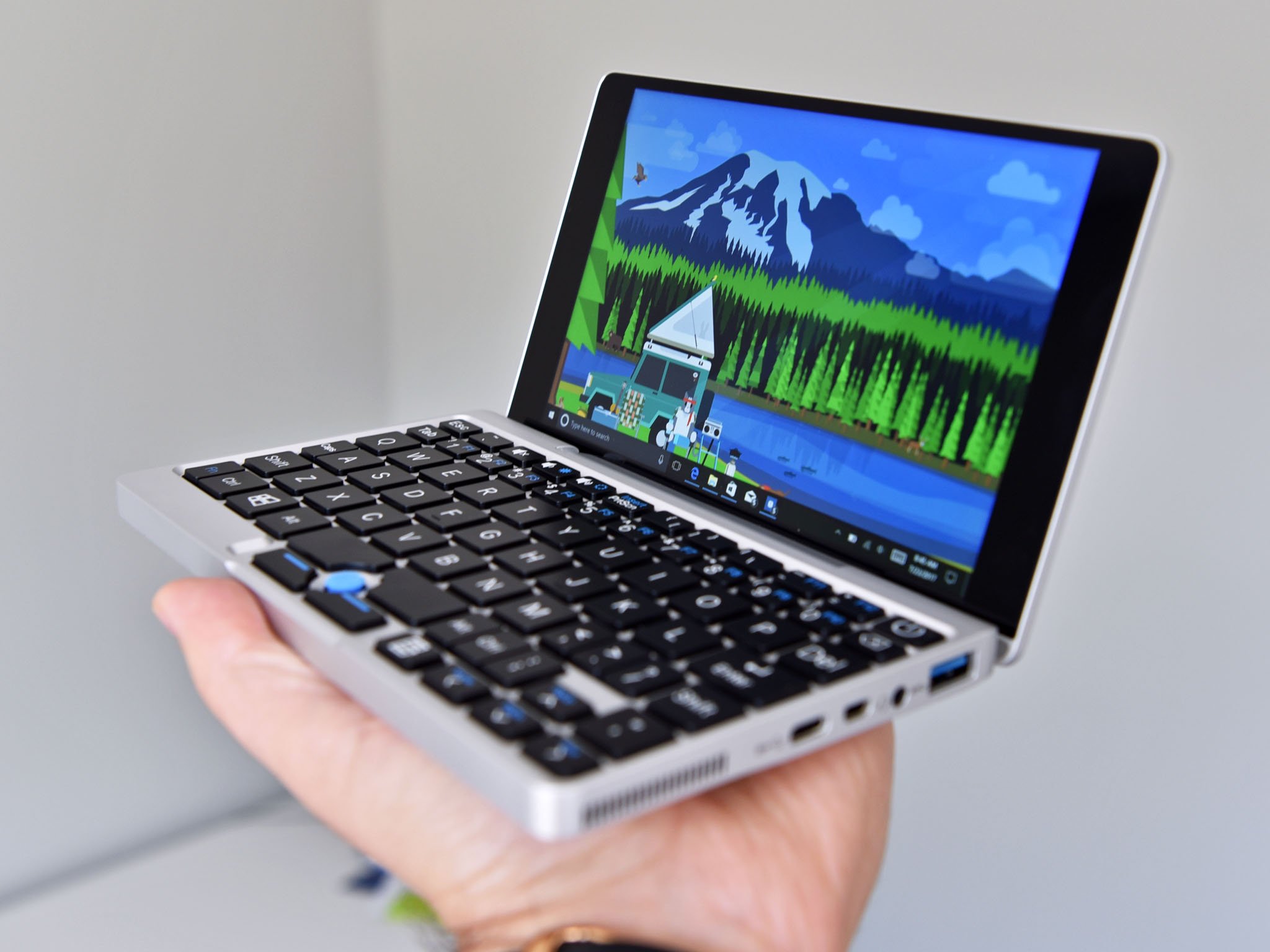
This device has a traditional clamshell form-factor and the standard Windows 10 UI. It does not, however, benefit from an innovative or pioneering design, nor an adaptable UI to optimize mobile use. This device does not represent what I believe Microsoft is building as a full PC targeting the mobile space. The GDP Pocket boasts the power of Windows 10 on a pocketable form factor but lacks the physical and software modifications to make it the context-conforming, mobile, telephony-enabled device we envision.
Even if Windows Mobile succeeded, Microsoft would have pursued a post-smartphone strategy
I believe Microsoft's vision of full Windows on a pocketable PC will, via hardware design and software, be optimized for mobility.
Microsoft's vision has always been to bring the full power of Windows to all form factors. By ending Windows 10 Mobile, an underpowered Windows variant, and adopting full Windows on ARM optimized for all form factors, Microsoft may finally realize that vision.
Form shifting hardware
Though there are no guarantees, patents suggest Microsoft's ultimate mobile device will have a foldable design.
We can only speculate but this suggests a phablet-sized configuration when folded and a small tablet form factor when unfolded. Add the ability to connect wired or wirelessly to monitor, mouse and keyboard or HP Lap Dock-like peripheral, and you have a single device that can be a phone, tablet, desktop and laptop.
Andromeda, the next step in the evolution of Windows, is touted as an OS that conforms to all devices form factors.
I believe Microsoft's broader vision for Andromeda is an OS that conforms to the various contexts of a single form-shifting device. Microsoft's long-term vision includes a single device that users carry that becomes virtually every device they'll need. A full-powered context-conforming OS is foundational to that vision.
CShell, Microsoft's adaptable UI.
In conclusion ...
We're not sure what Microsoft has planned. But I believe that it will be a full telephony-enabled pocket Windows PC optimized for mobility. It won't simply be a little PC like the GDP Pocket. It will be Microsoft's moving its successful PC strategy to our pockets via a modernized form factor, pen support and context-conforming UI tailored for the mobile space. It will, I believe, be adaptable to any context (tablet, laptop, phone) and via Continuum be the desktop many users still demand.
Will the rumored Surface phone be a reimagined Surface Mini?
Will it succeed? Maybe. But, regardless, Microsoft has to start (over) somewhere.
Jason L Ward is a columnist at Windows Central. He provides unique big picture analysis of the complex world of Microsoft. Jason takes the small clues and gives you an insightful big picture perspective through storytelling that you won't find *anywhere* else. Seriously, this dude thinks outside the box. Follow him on Twitter at @JLTechWord. He's doing the "write" thing!

